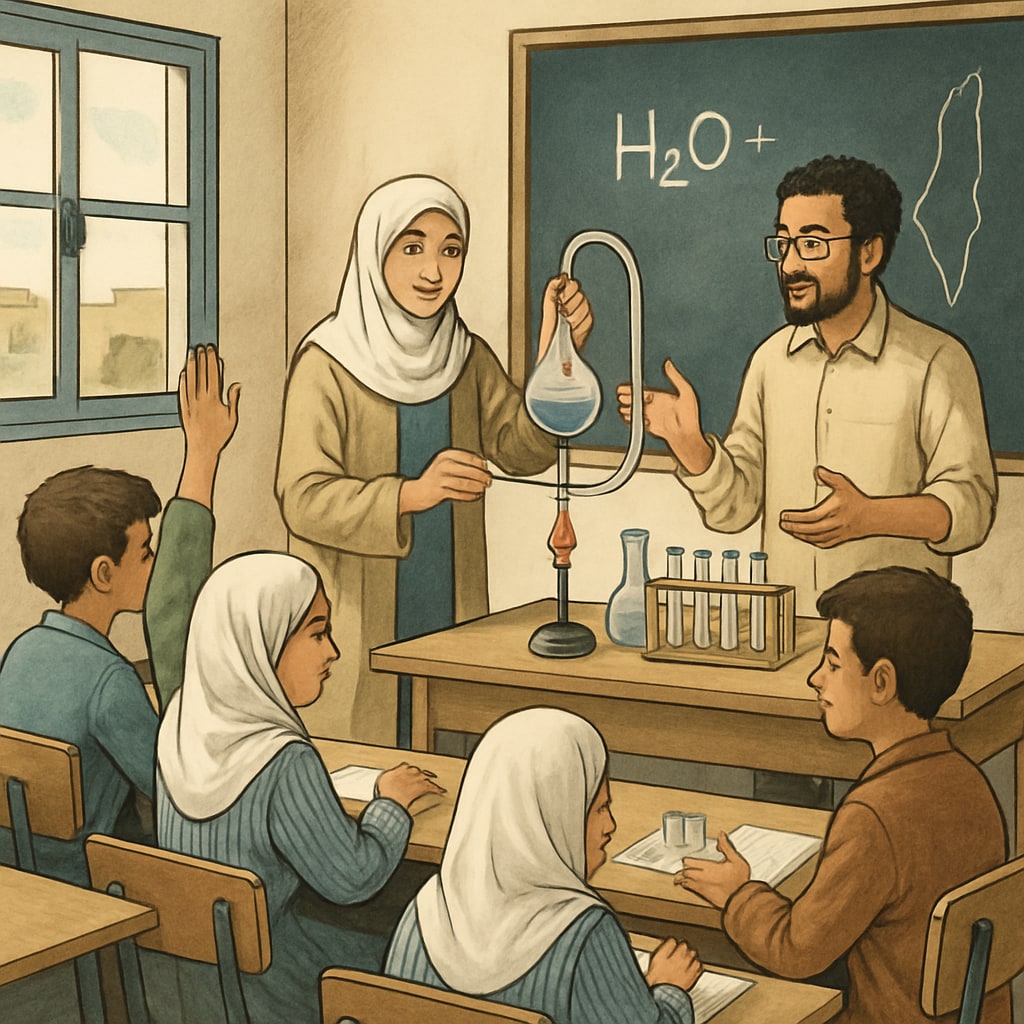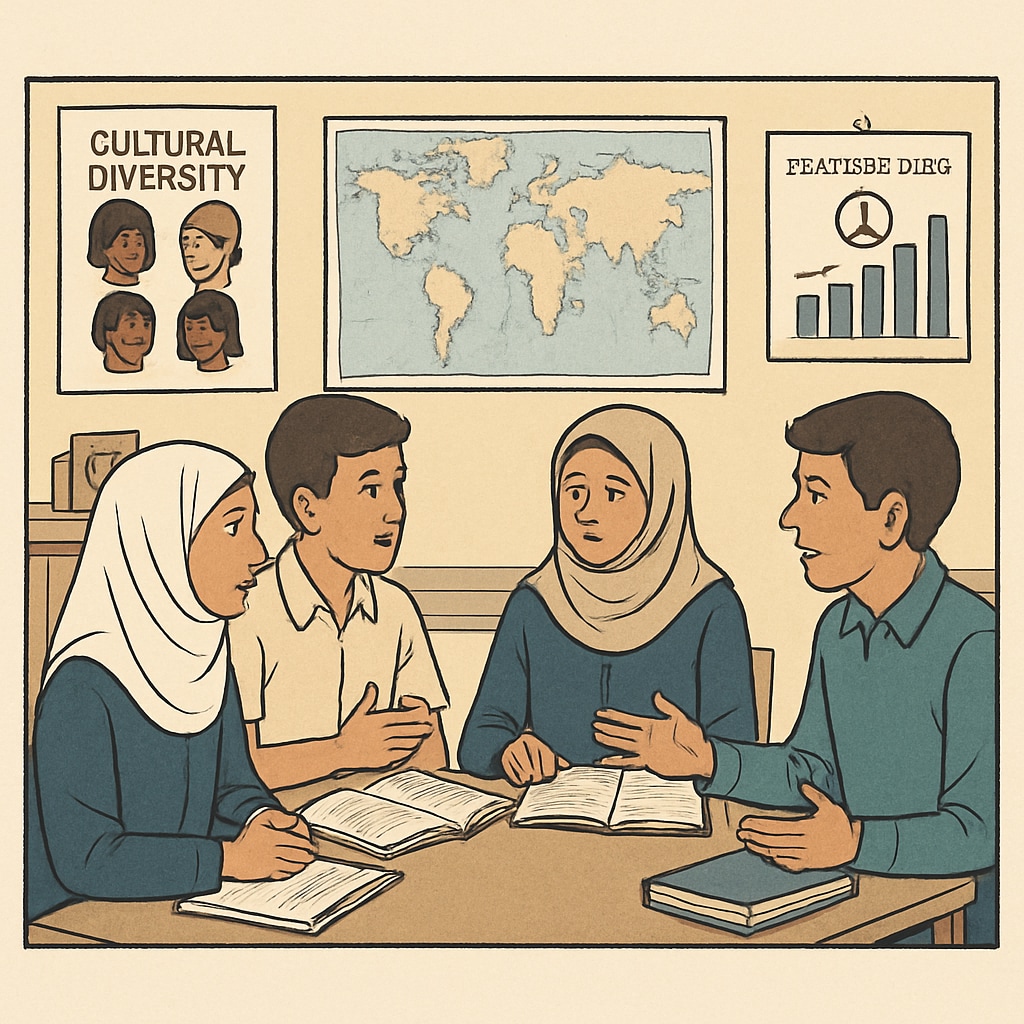Developing an effective curriculum for science and social studies in Gaza schools is crucial for fostering hope and opportunity among children in this war-torn region. Post-conflict recovery in education requires more than just rebuilding classrooms; it demands a thoughtful approach that balances academic knowledge with peace education and critical thinking skills. By integrating these elements, the proposed curricula can empower Gaza’s young generation to envision a sustainable and harmonious future.
Challenges in Designing Curricula for Post-Conflict Regions
Creating science and social studies curricula for a region like Gaza comes with unique challenges. The prolonged conflict has disrupted infrastructure, displaced families, and created psychological trauma among students. These factors make traditional teaching methods less effective. Additionally, educators must navigate sensitive topics, ensuring that curricula promote peace and understanding instead of perpetuating division.
One major challenge is the lack of resources. Schools in Gaza often face shortages in laboratory equipment, textbooks, and even basic teaching materials. This scarcity demands innovative solutions, such as integrating digital tools and community-based resources into the curriculum. Moreover, teachers require training to adapt to new pedagogical approaches that emphasize empathy and resilience.

Key Elements of Science and Social Studies Curricula
The design of these curricula must address both academic and emotional needs. In science education, for example, the focus should not only be on technical knowledge but also on fostering curiosity and problem-solving skills. Topics like environmental sustainability, renewable energy, and health sciences can be particularly relevant, as they tie directly to the region’s rebuilding efforts.
Social studies, on the other hand, should emphasize cultural understanding, conflict resolution, and global citizenship. By exploring the histories and traditions of various cultures, students can develop a broader perspective, reducing the likelihood of future conflict. Lessons on human rights and community engagement can further inspire students to act as agents of change.
To ensure inclusivity, the curricula should also be adaptable for students at different learning levels. Interactive activities, group projects, and field trips can help make complex topics more accessible and engaging.

Focusing on Peace Education and Critical Thinking
Peace education is a cornerstone of any curriculum designed for post-conflict regions. In Gaza, integrating peace education into science and social studies can help students process their experiences constructively. For instance, a science project on renewable energy could be paired with discussions about how sustainable practices contribute to global stability. Similarly, a social studies lesson on local governance could encourage students to think critically about the role of leadership in fostering peace.
Critical thinking is another essential skill. Encouraging students to analyze problems, question assumptions, and propose innovative solutions will prepare them for both academic and personal challenges. These skills can also empower them to participate in the rebuilding of their communities, creating a ripple effect of positive change.
The Road Ahead: Collaboration and Innovation
Rebuilding Gaza’s education system requires collaboration between local educators, international organizations, and policymakers. Support from global institutions can provide funding, training, and resources to ensure that the curricula are both effective and sustainable. Additionally, leveraging technology—such as online learning platforms—can help bridge resource gaps and expand access to quality education.
Innovation is equally important. For example, schools could partner with local NGOs to create community-based projects that complement classroom learning. These projects could focus on practical issues, such as clean water initiatives or community gardening, giving students hands-on experience while addressing local needs.
Ultimately, the goal is to create a curriculum that not only educates but also inspires. By equipping students with knowledge, skills, and a sense of purpose, these programs can lay the foundation for a more peaceful and prosperous Gaza.
Readability guidance: This article uses short paragraphs and transitions to enhance readability. It incorporates lists, examples, and practical suggestions to maintain engagement. The overall tone is professional yet hopeful, focusing on actionable solutions.


